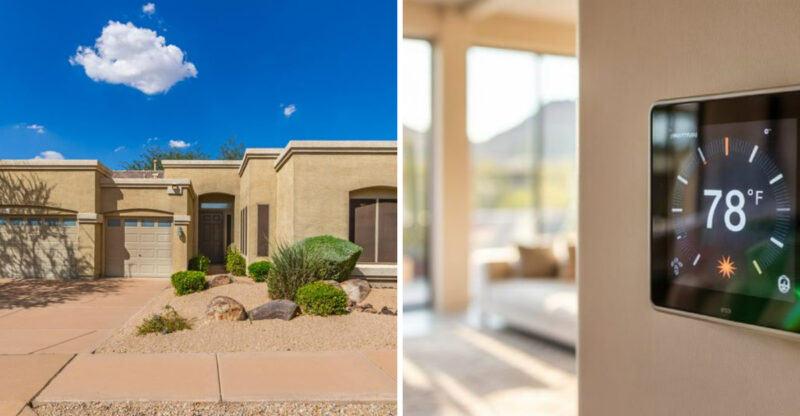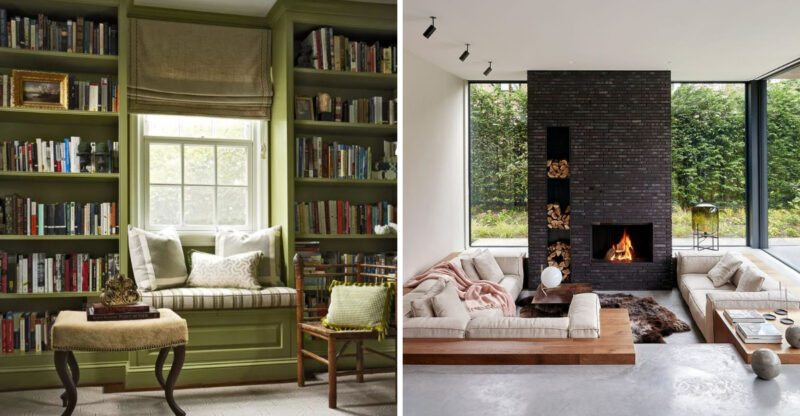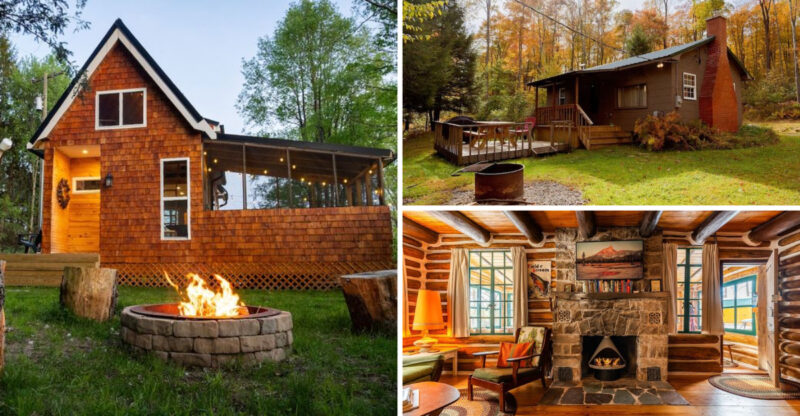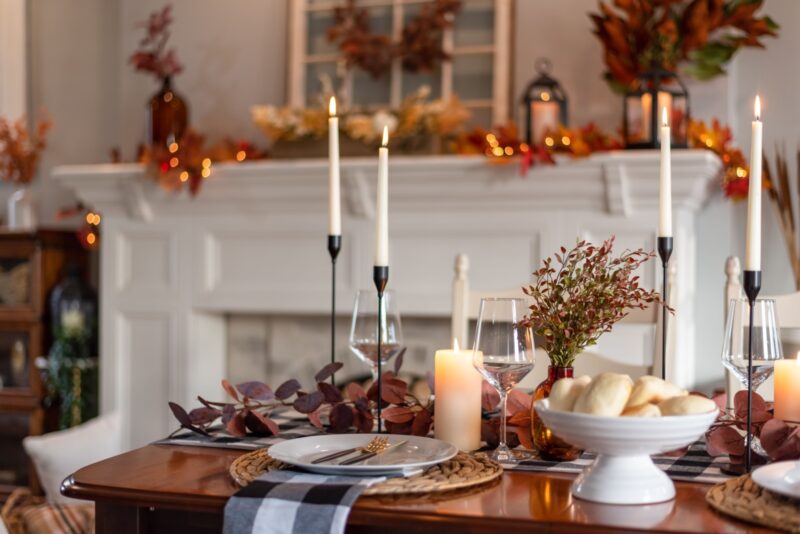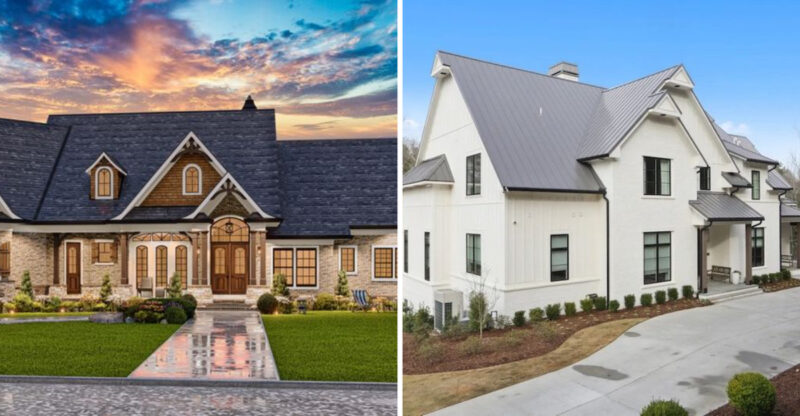Staging A Home? These 7 Design Trends Could Actually Turn Buyers Off
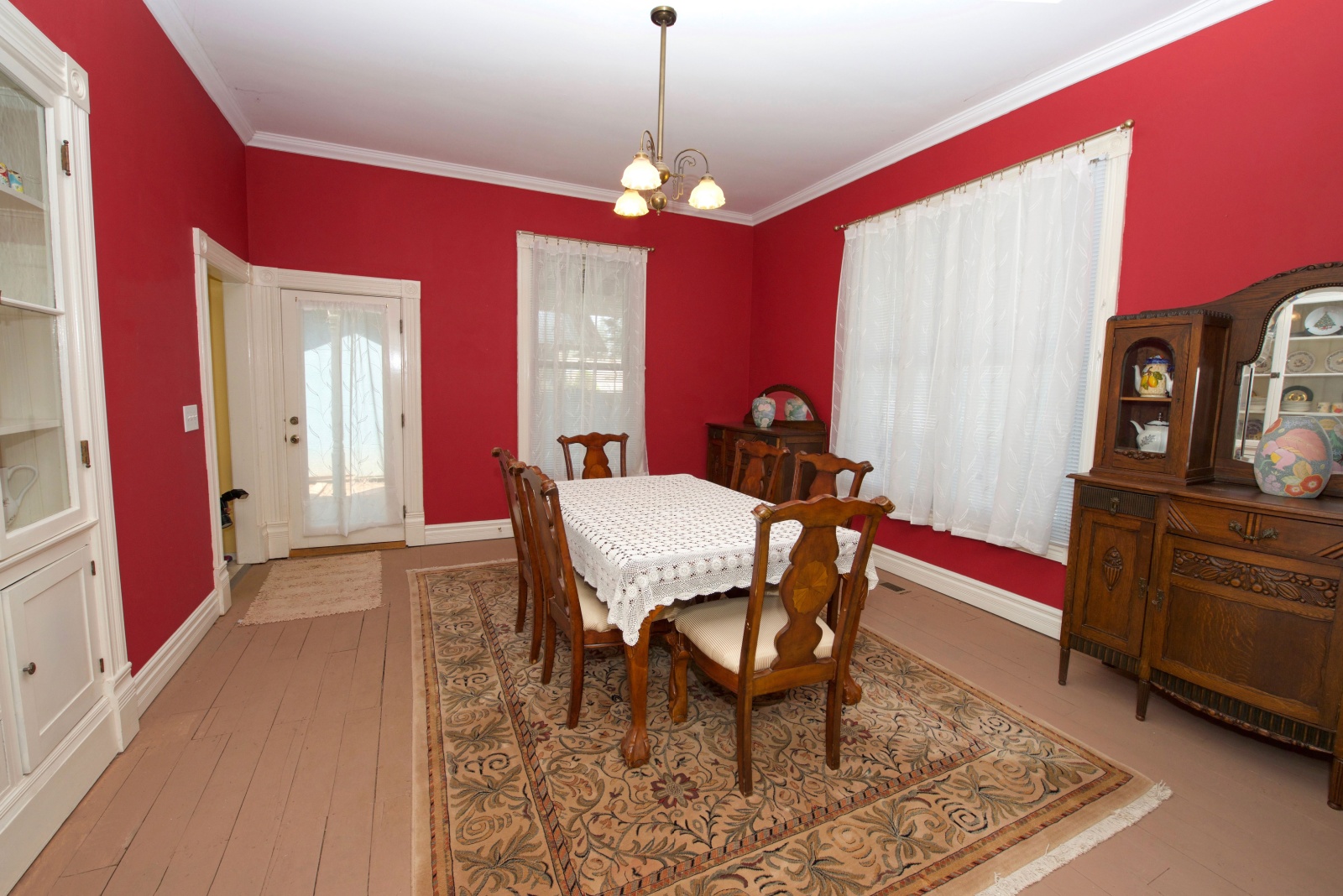
When selling your home, staging is supposed to help buyers envision themselves living there. But some popular design choices can backfire spectacularly!
As a seasoned designer, I’ve watched potential buyers cringe at decor the homeowner thought was absolutely fabulous.
Let me walk you through seven trendy design choices that might be sabotaging your home sale. Note, design preferences vary by region and market. These observations are based on common buyer reactions and may not apply in all cases.
1. Bold Or Dark Wall Colors
Ever walked into a room with walls painted midnight blue or blood red? Buyers typically flee faster than vampires at sunrise! Bold colors make spaces feel smaller and create an immediate redecorating project in buyers’ minds.
Most house-hunters want move-in ready homes with neutral backdrops. Those dramatic charcoal walls might showcase your personality perfectly, but they’re forcing buyers to mentally calculate painting costs before they’ve even toured the kitchen.
2. Overly Personalized Decor
Where do I even begin with those massive family portraits and quirky collections? Your shrine to ceramic frogs might be a conversation starter at dinner parties, but it’s a deal-breaker for buyers who can’t see past your personal style.
Personalized spaces make it nearly impossible for prospects to envision their own lives there. Those custom murals of your children’s faces? Absolutely terrifying to potential buyers who suddenly feel like they’re being watched during the entire showing.
3. Heavy Or Oversized Furniture
If navigating your living room feels like an obstacle course at military boot camp, you’ve got a problem! Massive sectionals and bulky entertainment centers make even spacious rooms feel cramped and dysfunctional.
Buyers need to see traffic flow and versatility in spaces. That king-sized bed in your modest guest room might seem luxurious to you, but buyers only see a room that can’t accommodate anything else.
Scale matters enormously when showcasing a home’s potential!
4. Rooms With Overly Specific Themes
Though your nautical bathroom complete with rope railings and porthole mirrors brings you joy, buyers see nothing but renovation expenses. Themed rooms scream “personalized space” and immediately distance potential owners from seeing themselves there.
Farmhouse kitchens, princess bedrooms, and man caves with sports memorabilia covering every inch of wall space all fall into this category. When buyers tour seventeen homes in one day, they remember yours as “the weird beach house”, even though you’re in Nebraska.
5. Trendy Wallpaper Overload
How quickly that bold geometric wallpaper went from “magazine-worthy” to “dated disaster”! Trendy wallpapers are time capsules that instantly age your home in buyers’ eyes.
While you might adore that tropical palm print accent wall, potential buyers are mentally calculating removal costs. Wallpaper trends shift faster than social media challenges, and today’s must-have pattern becomes tomorrow’s renovation project.
Neutral walls allow buyers to project their own style rather than being distracted by your flamingo-patterned powder room.
6. Cluttered Open Shelving
Are your kitchen shelves groaning under the weight of mismatched mugs and rarely-used appliances? This trendy storage solution quickly becomes visual chaos when not perfectly curated.
Open shelving requires ruthless editing. Those seventeen different drinking glasses, random cookbooks, and dusty blender parts create a sense of disorder that makes buyers anxious.
Potential homeowners want to imagine their own organized life in this space, not feel overwhelmed by your extensive souvenir shot glass collection.
7. Statement Lighting That Doesn’t Fit
Did you install that massive chandelier because it was spectacular in the showroom? Statement lighting that’s improperly scaled or wildly incongruent with your home’s style creates an immediate disconnect for buyers.
That ultra-modern pendant hanging in your traditional colonial dining room isn’t eclectic, it’s confusing. Lighting should enhance architecture, not fight against it.
When buyers duck to avoid hitting their heads on your too-low-hanging fixtures or squint in rooms with insufficient illumination, they’re mentally subtracting from their offer.

